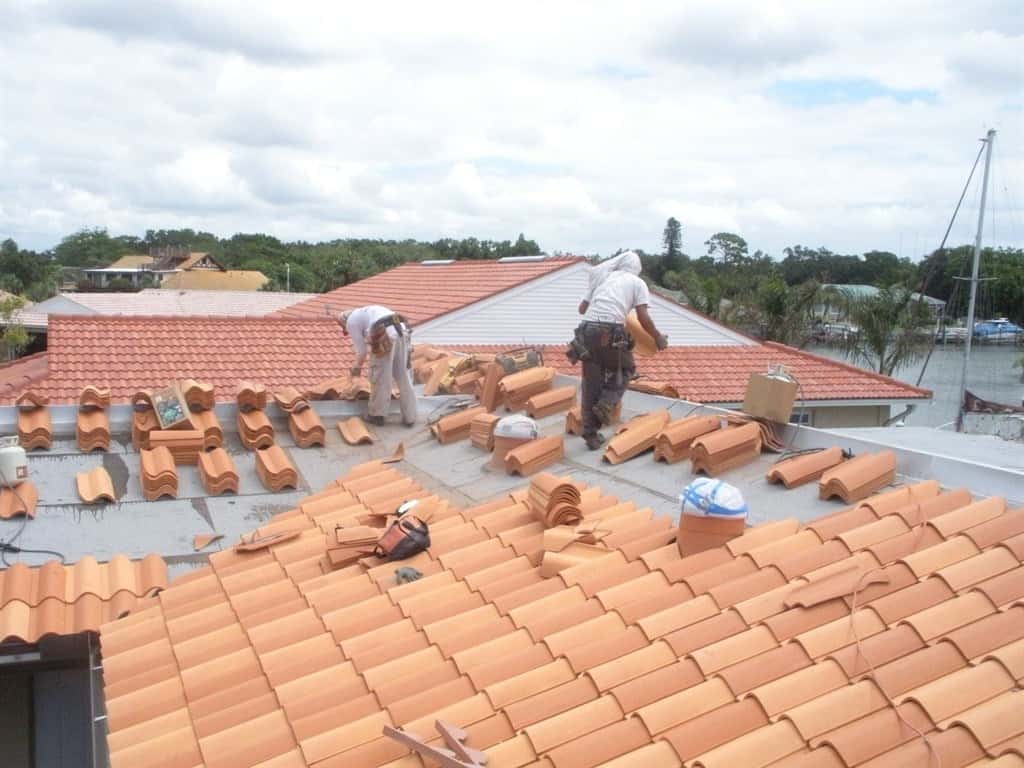Have you ever looked down at your tired, worn-out floors and imagined a fresh, new surface beneath your feet? It’s a dream many homeowners share, but the reality of floor replacement can feel daunting. The question of “how much does it cost?” pops up immediately, often accompanied by an anxious wave of uncertainty. The good news is, while it’s a significant investment, it doesn’t have to be a mystery. This comprehensive guide unpacks the costs associated with replacing your floors, helping you navigate the complexities and make informed decisions.

Image: thehousingforum.com
Replacing your floors goes beyond aesthetics – it can increase your home’s value, enhance your living experience, and potentially boost your overall health. Whether you’re tackling a single room or an entire house, knowing what factors influence the cost will empower you to plan your project effectively, stay within budget, and achieve the floor of your dreams.
Factors Affecting Floor Replacement Cost
The price tag for replacing floors can vary wildly, influenced by several key factors. Understanding these factors is crucial for budgeting accurately and choosing the right materials and contractors for your project.
1. Flooring Material
This is arguably the most significant factor impacting cost. Different flooring materials come with distinct price ranges, making it essential to consider your budget and desired aesthetic:
- Hardwood Flooring: Known for its elegance and durability, hardwood flooring ranges from $8 to $25 per square foot, with variations based on species, quality, and installation method.
- Laminate Flooring: A popular choice for its affordability and realistic wood-look designs, laminate flooring costs $3 to $10 per square foot, offering significant savings without sacrificing visual appeal.
- Luxury Vinyl Plank (LVP): Combining durability, waterproof properties, and stylish designs, LVP ranges from $4 to $15 per square foot, emerging as a popular option for both residential and commercial spaces.
- Tile: Available in various materials like ceramic, porcelain, and natural stone, tile prices range from $2 to $20 per square foot, depending on the type, size, and design.
- Carpet: Offering warmth, comfort, and sound insulation, carpet prices range from $2 to $15 per square foot, with vast variations based on fiber type, quality, and style.
2. Labor Costs
Labor costs are a substantial component of floor replacement, accounting for around 25% to 50% of the total project cost. Factors affecting labor costs include:
- Scope of Work: Larger projects with extensive floor area or complex layouts will naturally require more labor time.
- Complexity of Installation: Certain flooring types, like hardwood or tile, may demand specialized skills and expertise, impacting the labor cost.
- Geographic Location: Labor rates vary considerably based on location, with metropolitan areas generally having higher costs.
- Contractor Experience and Reputation: Experienced and reputable contractors may charge higher labor rates, reflecting their skill and commitment to quality.

Image: viewfloor.co
3. Flooring Preparation
Before installing new floors, existing surfaces often need preparation, which can significantly impact your overall cost:
- Subfloor Repair: Uneven or damaged subfloors require repair or replacement, adding to the project expense.
- Moisture Barrier: Installing a moisture barrier is essential in certain areas, like basements or bathrooms. This adds to the overall cost but is crucial for preventing future problems.
- Demolition and Removal: Removing existing floors, whether carpet, tile, or hardwood, requires additional labor and disposal costs.
4. Specialty Features
Incorporating specialized features can significantly enhance your floors but will naturally impact the overall cost:
- Underlayment: Adding underlayment under flooring provides added comfort, sound insulation, and protection. The type and thickness of underlayment will influence the overall cost.
- Moldings and Trim: Moldings and trim enhance the aesthetics of your floor installation and can range in price based on material and complexity.
- Custom Designs and Patterns: Certain flooring types, like tile or hardwood, allow for intricate designs and patterns, increasing installation time and complexity, and therefore contributing to the overall cost.
Cost Breakdown for Different Flooring Types
To provide a clearer understanding of the potential costs, let’s explore estimated ranges for different flooring types (per square foot), including both materials and labor:
Carpet:
- Basic Carpet: $2-5
- Mid-Range Carpet: $5-10
- Luxury Carpet: $10-20
Hardwood Flooring:
- Engineered Hardwood: $6-15
- Solid Hardwood: $10-25
Laminate Flooring:
- Basic Laminate: $3-6
- Mid-Range Laminate: $6-10
- Luxury Laminate: $10-15
Luxury Vinyl Plank (LVP):
- Basic LVP: $4-8
- Mid-Range LVP: $8-12
- Luxury LVP: $12-15
Tile:
- Ceramic Tile: $3-7
- Porcelain Tile: $5-12
- Natural Stone Tile: $8-20
Tips for Saving on Floor Replacement Costs
While floor replacement can be a substantial investment, there are strategies to minimize costs while achieving your desired results:
- Shop Around for Materials: Compare prices from multiple suppliers and explore options like clearance sales or special offers.
- Consider DIY Installation: For some flooring types like laminate, you might be able to save money by undertaking the installation yourself, but ensure you have the necessary skills and tools.
- Choose Flooring with a Short Installation Time: Flooring types like laminate or LVP often have a faster installation process, potentially reducing labor costs.
- Plan Your Project Carefully: Thorough planning, including measuring accurately and knowing what preparation is necessary, will prevent unnecessary costs associated with mistakes or omissions.
- Ask about Special Offers: Many flooring suppliers and contractors offer discounts or promotions for bulk purchases, or installations during specific time periods.
How Much Does It Cost To Replace Floors
Final Thoughts
Replacing floors is a substantial investment, but it’s an opportunity to transform your home’s aesthetic and functionality. By understanding the key factors influencing cost and utilizing cost-saving strategies, you can navigate the process effectively and achieve the flooring you desire. Remember to factor in not only the initial cost but also long-term durability and maintenance considerations when selecting materials. With proper planning, research, and a touch of creativity, your floor replacement journey can be both rewarding and financially responsible.






